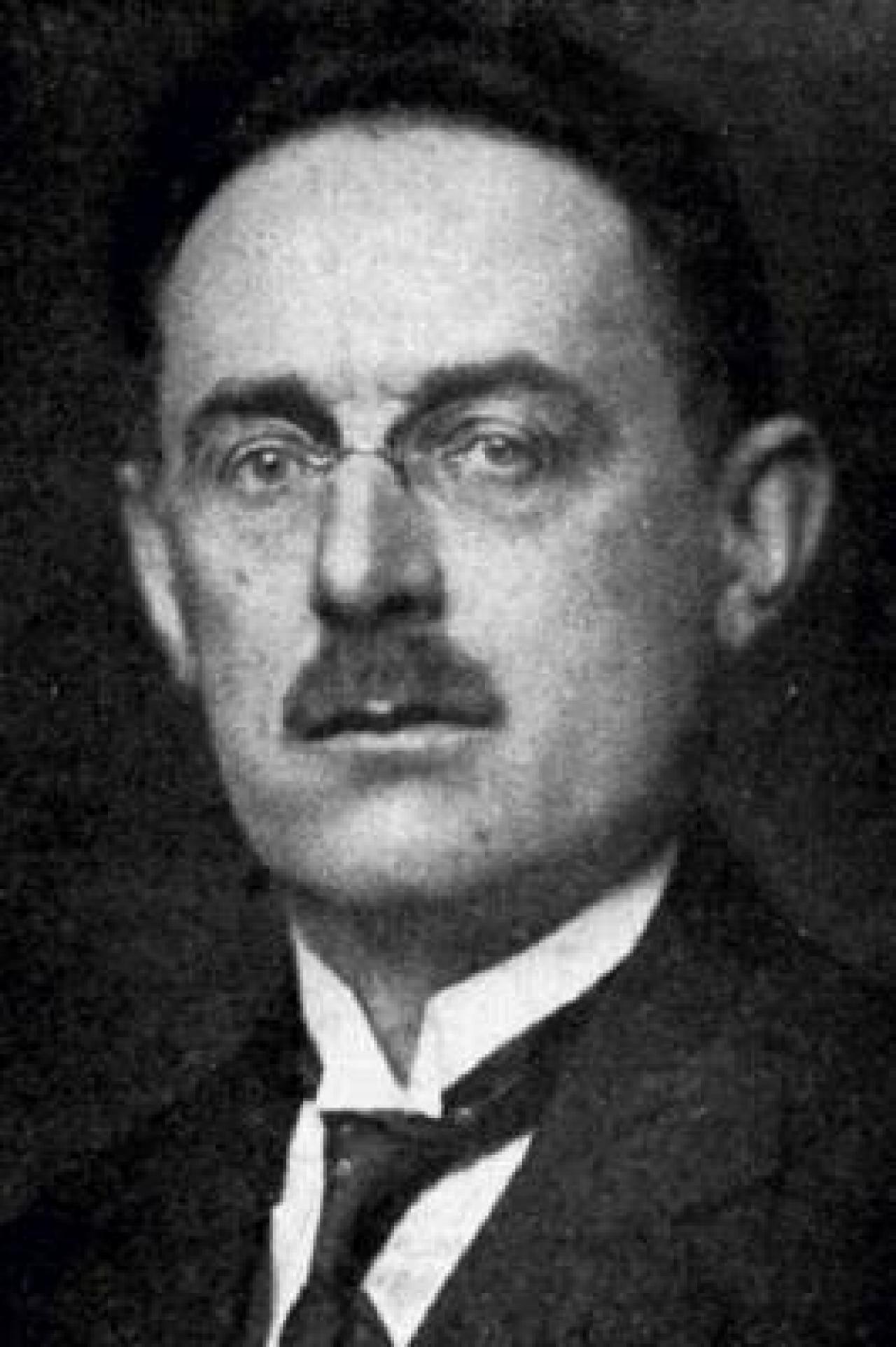Karel Absolon
Dating: 1877–1960
Annotation:
Influenced by his grandfather Jindřich Wankel, Karel Absolon (1877–1960) embarked on an adventurous and important journey through speleology, archaeology and zoology. He was one of the most prominent figures in this field of research during the second half of the 19th century. Besides his famous discovery of the Venus of Dolní Věstonice, Absolon is closely associated with archaeological and speleological research in the Moravian Karst, as well as with the Moravian Museum in Brno and the establishment of the Anthropos institute.
Description:
Karel Absolon was born on 16 June 1877 in Boskovice. After studying geography and zoology at Charles University in Prague, he partially returned to Moravia, although continued his academic journey as an assistant at Charles University (1907 habilitation, 1927 full professorship). As early as in his dissertation thesis he showed an interested in the Moravian Karst (mapping the underground flow system of the Punkva River), although he made his name in this area particularly by discovering some important Palaeolithic find sites. He began to devote much more time to his speleological and archaeological activities particularly after 1907, when he worked as the curator of the zoological collections at the Moravian Museum in Brno until 1938. At the beginning of his professional career it is also worth mentioning his entomological work, which focused especially on the study of cave insects.
One of Absolon’s major discoveries before the First World War was his find of the vast Punkva Caves, which are connected to Macocha Gorge. After the First World War he focused his attention mostly on important Palaeolithic sites in Předmostí u Přerova, his research in the Pekárna cave and the Býčí skála cave, while from 1924 he devoted his time to the archaeological excavations in Dolní Věstonice. Although he was not present at the discovery of the famous Venus of Dolní Věstonice in 1925, the excavations were carried out under his guidance. Karel Absolon did a great deal to popularise archaeological and speleological research and discoveries, and his publication and documentation work was also closely linked to the development of scientific photography. His active involvement in establishing contacts abroad was complimented by a series of research trips; for example, he played a major role in surveying the karst regions of Montenegro, Bosnia and Herzegovina.
One important event in Absolon’s life was the building of the Man and his Ancestry exhibition at the exhibition centre in Brno in 1928. It is interesting that the most successful exhibit was the reconstruction of a mammoth sponsored by Tomáš Baťa. This exhibit, entitled Anthropos, continued to live on after the end of the exhibition, although was closed during the Second World War. Karel Absolon died in Brno in 1960. In 1962 work on the construction of the Anthropos pavilion in Brno was completed; its exhibits followed on from Absolon’s pre-war exhibition concept and are still part of the Moravian Museum to this day.
Connected places:
-
Keywords: entomology; geology; archaeology; Palaeolithic; Moravian Karst; speleology; Anthropos; Venus of Dolní Věstonice
References:
Kostrhun, P.: Cesty moravské paleolitické archeologie v období Československé republiky. Brno 2014, s. 131–181.
Oliva, M., Golec, M, Kratochvíl, R., Kostrhun, P.: Jeskyně Býčí skála ve svých dějích a pradějích. Brno 2015, s. 185–186.
Internetový zdroj:
URL: https://encyklopedie.brna.cz/home-mmj/?acc=profil_osobnosti&load=6 [8. 1. 2019]
Author's initials: LeO
Photos:

(Author: )

